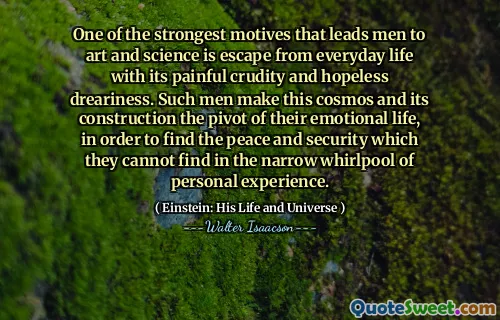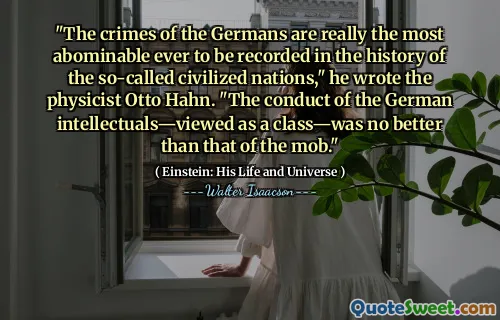Einstein's 1905 burst of creativity was astonishing. He had devised a revolutionary quantum theory of light, helped prove the existence of atoms, explained Brownian motion, upended the concept of space and time, and produced what would become science's best known equation.
In 1905, Albert Einstein experienced a remarkable surge of creativity that fundamentally reshaped the field of physics. During this pivotal year, he developed groundbreaking theories, including a revolutionary approach to the nature of light that introduced the concept of quantization. His work not only helped to validate the existence of atoms but also provided a comprehensive explanation for Brownian motion, a phenomenon observed in the movement of particles in fluids.
Moreover, Einstein's insights challenged traditional notions of space and time, culminating in the formulation of his renowned equation, E=mc². This equation would go on to become one of the most iconic representations in science, illustrating the relationship between energy and mass. Walter Isaacson's book, "Einstein: His Life and Universe," captures this extraordinary period in Einstein's life, emphasizing the profound impact of his contributions to modern science.









